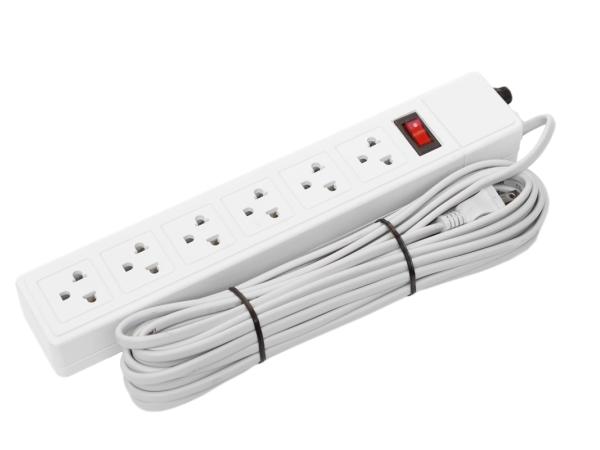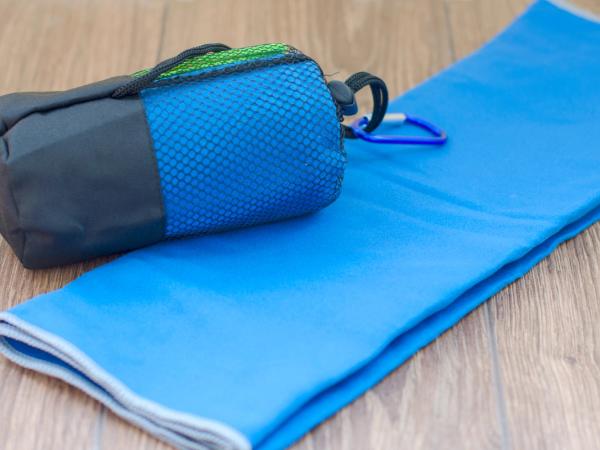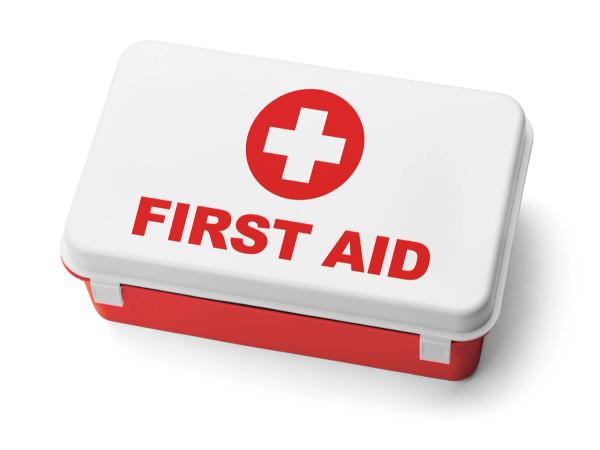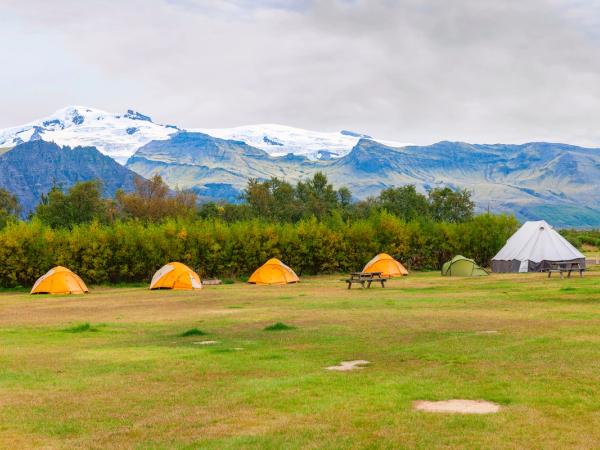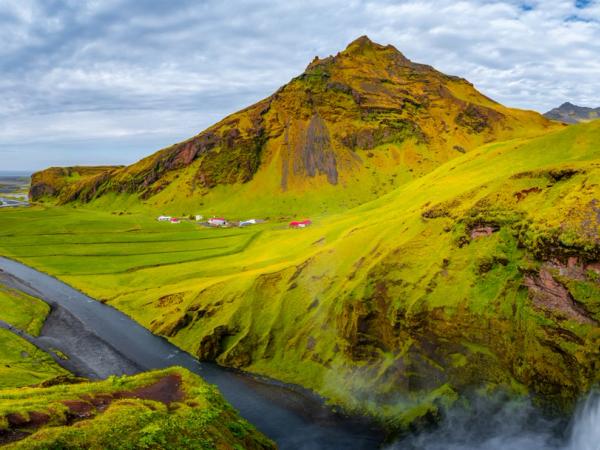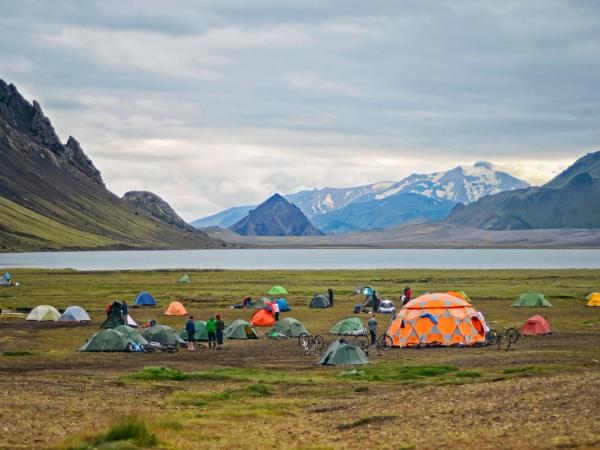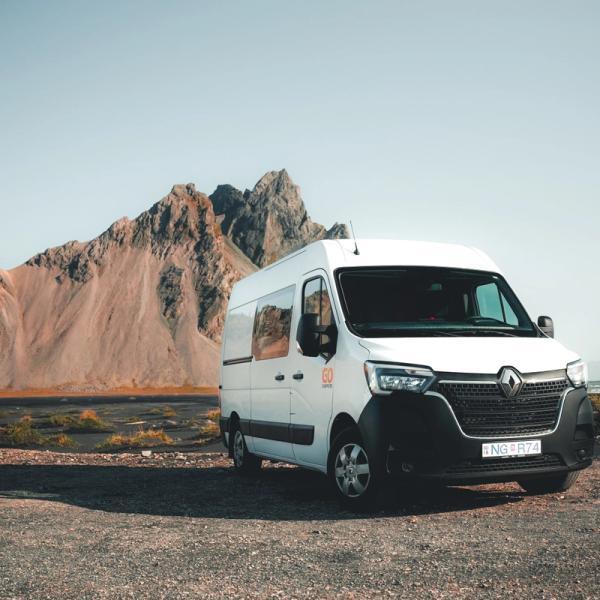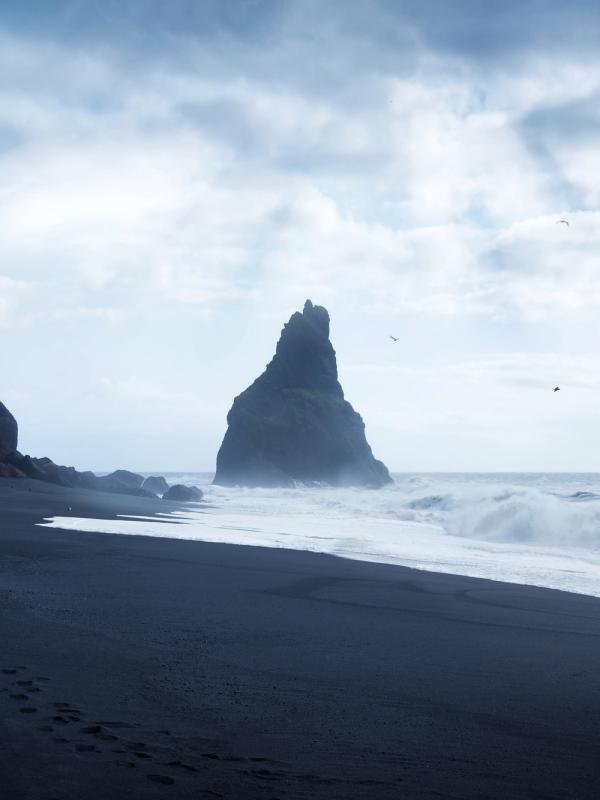
Your Complete Guide to Solo Travel in Iceland with a Campervan
Plan the ultimate solo trip to Iceland with a campervan! Discover why campervan rentals are the best choice for freedom, flexibility, and adventure on your solo journey.
After spending six weeks solo in a campervan while updating a guidebook to Iceland, I can honestly say there’s no better way to experience the country. Iceland is consistently ranked as one of the best solo travel destinations in the world – and for good reason. It’s safe and full of adventurous, friendly travelers, and its natural wonders offer the perfect backdrop for quiet, meditative moments. And with a campervan, those moments only multiply.
With the freedom to stay as long as you like wherever you like, chase the Midnight Sun, pull over and hike into a quiet canyon, a campervan is the perfect companion for a solo trip to Iceland. In this article, we will cover topics like picking the right vehicle, must-have gear, the best camping spots, and all things solo travel in Iceland.
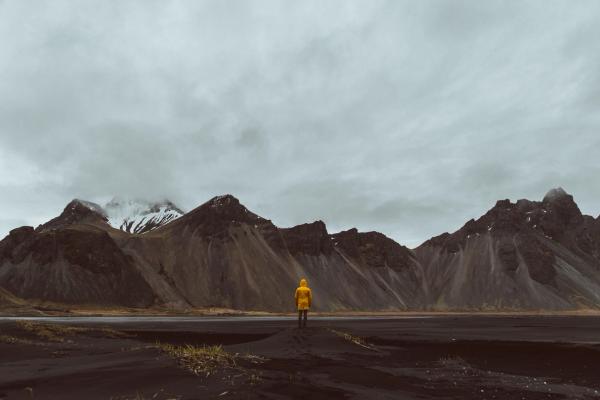
Why Choose Solo Campervan Travel in Iceland
Planning a solo trip to Iceland? A campervan gives you unmatched advantages to explore this stunning country. Here's why this travel style might be perfect for your adventure.
Freedom and flexibility benefits
Renting a campervan in Iceland for a solo trip is your passport to complete independence – a big theme of solo travel in the first place. You’ll wake up to waterfalls, watch the Northern Lights right from your window, and switch plans based on the weather or what you want to do. Then there’s the fact that with a campervan, you don't need to worry about hotel check-in times or staying in fixed locations, which works great in Iceland, where weather changes quickly and magical moments just happen.
With your campervan as a cozy home base, you’ll also have flexibility when it comes to socializing. Hop out at the campsites to meet other travelers and talk to them about your route, or cozy up and focus on yourself and plan each day your own way. You can park near popular spots, wake up as early as you’d like, and even hang out for a while at a destination, waiting for the perfect light to capture a great picture.
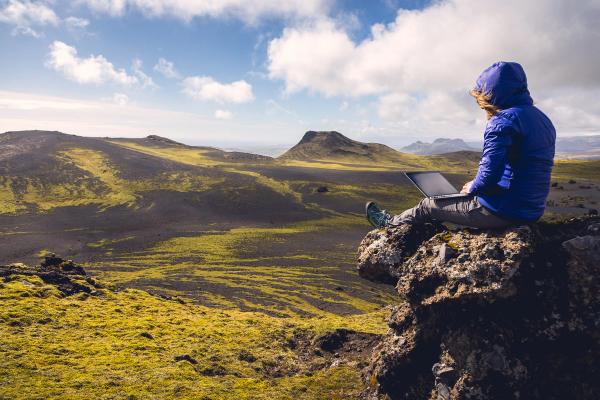
A campervan is cheaper than hotels
Solo travel and budget travel go hand in hand, and campervan travel in Iceland is the most economical way to explore the country. Here are some of the general costs of a trip to Iceland and what makes it easy on your wallet:
- Campsite fees cost anywhere between 1,500 to 2,500 ISK (USD $10-18) per person each night.
- You’ll save money by paying for your transport and bed in one go.
- Cooking your own meals reduces daily costs – especially in Iceland, where eating out is expensive.
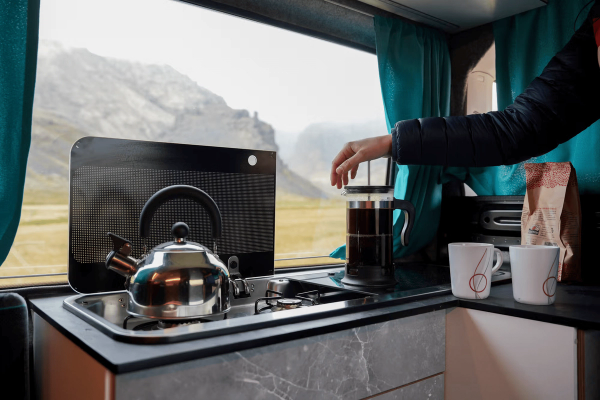
Building confidence and independence
As the driver, decision-maker, and problem-solver, a solo trip in Iceland will help you build confidence and independence like no other destination. There’s something about traveling in Iceland that strikes just the right balance of foreign but friendly for solo travelers. The landscapes, outdoor activities, and sense of freedom will all push your boundaries, but you’ll also have a good safety net to fall back on in the way of other travelers and locals.
Campervan travel also has strong elements of living with less and being self-sufficient. Your focus will quickly shift to living simply to prioritize exploration and freedom, and the landscapes of Iceland are also huge sources of inspiration – meaning that the travel journal you’re bringing along will be brimming with entries. Overall, it’s the perfect setting to learn more about yourself and grow your confidence.
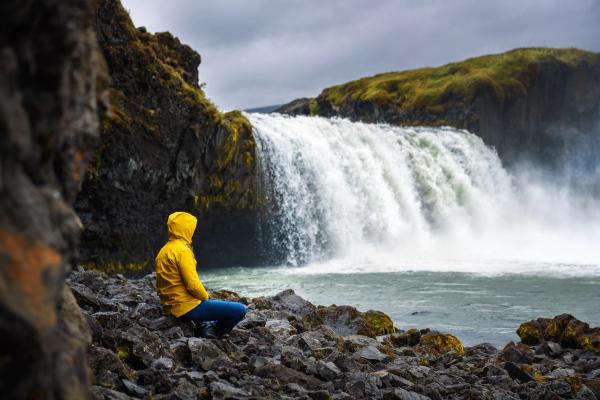
Planning Your Solo Campervan Adventure
Smart choices about your vehicle kick off a successful solo campervan adventure in Iceland. Let's explore what you need to make this journey amazing.
Choosing the right campervan size and features
A compact 2-pax campervan gives you the perfect mix of comfort and easy driving for solo travel in Iceland. Our smaller campervans save fuel and handle better on the road, while still giving you enough room to stay cozy during Iceland’s unpredictable weather.
Here are the essentials:
- Enough storage space for your gear
- Simple cooking setup with a portable gas burner
- Fuel efficient.
For those after a bit more luxury, getting a 2-pax van with a heater that runs on battery power is also a clever idea. And finally, solo travelers would do well to have some Wi-Fi, too, so they can stay in contact and better plan a route.
Essential gear and supplies checklist
A camper rental typically comes with simple amenities - bedding, everything you need to cook simple meals, and a full tank of gas. You'll need to add these crucial items to your packing list as well:
- Quick-dry microfiber towels that work great for hot springs and showers.
- A power strip to charge multiple devices.
- Simple first-aid supplies for remote areas
Route Planning and Timing Considerations for Solo Travel
The Ring Road stretches about 1,300 kilometers. We always recommend that a campervan trip should try and limit driving to 3 hours daily at the maximum; however, as a solo traveler in Iceland, you’ll likely want to keep on driving even when you’ve reached your chosen destination for the evening.
Key timing factors to think over.
- Campsites welcome visitors from May through September. From October through April, you’ll have to plan far more carefully to stay at campsites that are open year-round.
- Summer brings more daylight and gentler temperatures. June 21 is the Summer Solstice, the longest day in Iceland, so on either side of this date, you can enjoy 24 hours of daylight.
- In October, sunset is around 7 p.m., so you'll need to arrive at your campsite earlier. As winter progresses, the daylight hours become dramatically shorter, limiting the number of sights you can see in a day.
Our advice? No matter the season, keep your daily drives between 150-200 kilometers. This gives you time for unexpected stops that are so frequent while traveling solo, and you’ll still reach your campsite before dark.
What’s Iceland’s Camping Scene Like?
Iceland has over 200 campsites across the country, so you’re never far from one when you’re traveling with a campervan. But what are Iceland’s campsites like?
Iceland’s Campsites
Campsites in Iceland are very social places, perfect for solo travelers who want to interact with like-minded people in Iceland.
Summer is when campsites are at their busiest. But in general, there’s always room for you and your campervan, and you’ll be parked next to as many Icelanders as tourists – especially if you’re staying some place where the sun is shining.
Most good campsites will have some kind of communal area for mixing with other travelers. These spaces are often a mix of indoor cooking areas, dining tables, and lounges, allowing you to mingle if you’re feeling like it.
Staff at Iceland’s campsites are also very friendly and helpful, most often keen to share tips about the area you’re in. There are very few campsites where you won’t see any warden, but they do exist.
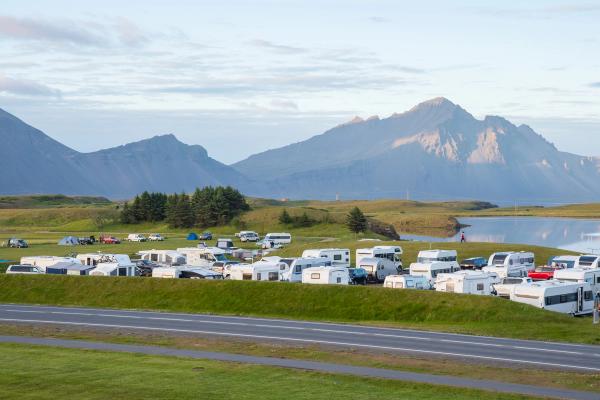
Best campsites for solo travelers
Solo travelers will want to prioritize campsites that feel safe, have shared areas for socializing, and are convenient to nearby sights. That description honestly describes a lot of campsites on the ring road, but we can dig a little deeper. Here are some of our favorites.
Skjól Campsite
Located along the Golden Circle, Skjól Campground is a popular spot for travelers exploring Iceland's famous tourist route. It offers basic amenities and is situated near attractions like Gullfoss and Geysir. The on-site restaurant and bar provide opportunities for socializing with fellow travelers.
Skaftafell Campsite
Situated within Vatnajökull National Park, Skaftafell Campsite is ideal for nature enthusiasts. It provides modern facilities, including restrooms and showers, and serves as a gateway to numerous hiking trails, such as the path to Svartifoss waterfall. The visitor center offers information and guidance, enhancing safety for solo travelers.
Egilsstaðir Campsite
Located in East Iceland, Egilsstaðir Campsite offers a peaceful environment with essential amenities like restrooms, showers, and cooking facilities. Its proximity to the town center allows easy access to shops and services, providing convenience for solo travelers. The campsite's tranquil setting is perfect for relaxation after a day of exploration.
Hamrar Campsite (Akureyri)
Situated near Akureyri in North Iceland, Hamrar Campsite is known for its excellent facilities, including clean restrooms, showers, and cooking areas. The campsite features a playground and is close to a geothermal swimming pool, making it a comfortable choice for solo travelers seeking both relaxation and social interaction.
Camping 66.12 North
Located on the coast in North Iceland, this campsite offers amenities such as hot showers, heated restrooms, and kitchens. It's particularly favored by camper van travelers for its scenic views and tranquil environment.
Safety and Practical Tips
Iceland is touted as one of the safest countries in the world, but if you’re a solo traveler, safety will still be a top priority for you. One of the biggest dangers here is nature, creating unique challenges that need good preparation.
Since you’ll be on your own, the first thing you should do is to download the SafeTravel App and log your general itinerary online. That way, the Icelandic Search and Rescue Team will be aware if you’re in a general area in case something happens.
Weather monitoring and preparation
The weather in Iceland changes fast within hours. Local wisdom says you'll see all four seasons in one day. This makes weather monitoring vital for your Iceland campervan trip. Check these key resources before you head out each morning:
- vedur.is for detailed weather forecasts and warnings
- road.is for up-to-the-minute road conditions and closures
- safetravel.is for travel alerts and safety updates
Winter brings wind speeds that can reach 35 kilometers per hour. This makes driving dangerous. Your Iceland campervan itinerary should match the weather conditions. Don't push ahead if conditions turn risky.
Hiking safely as a solo traveler in Iceland
If you plan to hike solo, Iceland’s rugged beauty comes with unique risks. Volcanic landscapes, fast-moving rivers, and foggy conditions can catch even experienced hikers off guard. Follow these key safety measures to stay safe on the trails.
1. Leave a Travel Plan
Before setting out, share your travel plan with someone you trust. Your plan should include:
- Your intended route
- Estimated return time
- Key stops or checkpoints along the way
You should also log your route with Iceland’s SafeTravel. This allows ICE-SAR to locate you more easily if needed.
2. Know Your Route
Do thorough research before starting your hike. Ask yourself:
- Is the route open? Some trails close during certain seasons due to weather or safety hazards.
- Is it suitable for my experience and fitness level? Check trail difficulty and elevation changes.
- What equipment do I need? For some hikes, you may need trekking poles, crampons, or even climbing gear.
3. Check the Weather
Check the weather forecast on vedur.is and, if possible, ask a ranger or local warden for advice. Rapid weather changes can lead to fog, rain, or snow, which affects trail visibility and overall safety.
4. Sign Guest Books
Many accommodations and trailheads have guest books for hikers to sign. Sign your name, date, and route details. This system allows rescue teams to trace your movements if you don’t return as planned.
5. Stay on the Trail
Don’t veer off marked trails. Iceland's volcanic landscapes and vast lava fields can disorient you. Even experienced hikers have gotten lost. Additionally, stepping off trails can damage Iceland’s delicate ecosystems.
6. Carry Multiple Navigation Tools
For more challenging trails (like the Laugavegur route), you shouldn’t rely on your phone alone. Mobile signal can be unreliable in Iceland’s remote areas. Instead, bring:
- A physical map
- A compass (and know how to use it)
- A GPS beacon (which can be rented from safetravel.is)
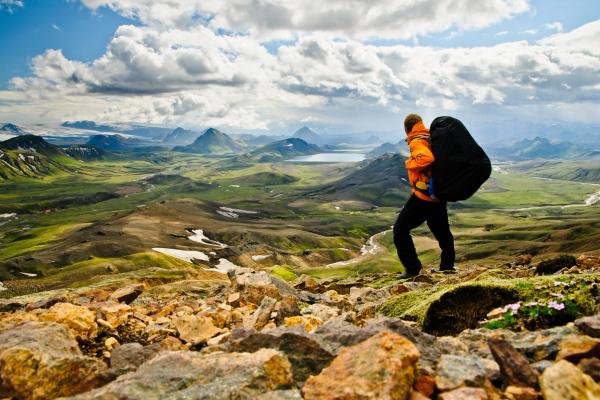
Communication and connectivity solutions
Iceland’s urban areas have strong network coverage, but many remote areas do not. For solo travelers, maintaining a connection with the outside world can provide peace of mind.
Wi-Fi in Campervans
You can choose to rent a portable Wi-Fi hotspot with your campervan rental in Iceland. This Wi-Fi works by using local networks, but coverage is limited in extremely remote areas.
Mobile SIM Cards
International roaming charges can be expensive in Iceland, so it’s better to buy a local SIM card. You can get one from Icelandic providers like Síminn or Nova at gas stations, airports, or convenience stores.
Local SIMs provide better network coverage and lower data costs. Although nowadays it’s just as easy to buy an e-sim from an app on your phone, a more convenient option than physically purchasing one from Iceland’s popular carriers.
Making the Most of Your Solo Journey
A solo campervan trip in Iceland offers the chance to reflect through photography, journaling, and forging a deep connection with the epic landscapes unfolding around every bend.
Photography and journaling opportunities
As a solo traveler, capturing the perfect photo is easier without compromise. With a campervan as your cozy base, you’ll have a nice and warm spot to wait for the light to be just right — whether it’s a fiery sunset at Vestrahorn or the Northern Lights dancing above a waterfall. And you don’t have to worry about wasting someone else’s time by waiting either.
Another wonderful way to make the most of a solo trip to Iceland is to keep a travel journal. Take 10-15 minutes each day – maybe with your morning coffee or evening tea – to jot down your thoughts, moments of awe, and little wins from the day. Flipping back through it later, you’ll see the lessons learned, the challenges you overcame, and all the quiet, beautiful moments that photos can’t quite capture. A beautiful souvenir.
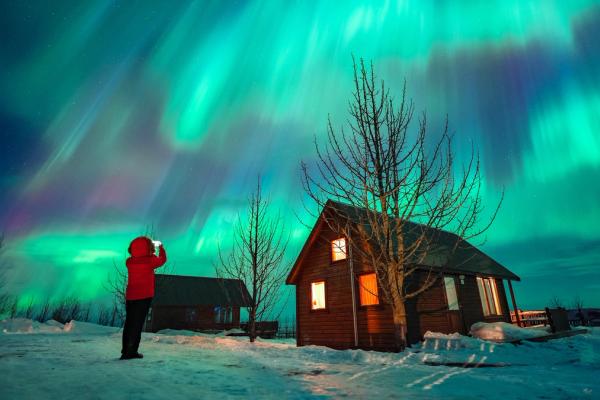
Creating your own schedule and pace
The best part about traveling to Iceland solo by campervan is the freedom to follow your interests. You might spend extra time photographing a particular waterfall or change your route to chase clear skies for Northern Lights viewing. Or take a detour down a bumpy gravel road that a travel friend might have talked you out of.
With a campervan, you can wake up for sunrise photography sessions, take afternoon naps, or stay up late to capture the Midnight Sun. This flexibility lets you craft an experience that matches your rhythm and interests. And as a solo traveler, you have this freedom tenfold.
Final Thoughts on Solo Travel in Iceland
Traveling solo in Iceland with a campervan is a one-of-a-kind experience. It’s an adventure that blends freedom, exploration, and self-discovery like no other.
From waking up to waterfalls to chasing the Northern Lights, every moment feels like a gift. Whether you’re seeking solitude, connection with nature, or even a bit of socializing at campsites, a campervan lets you craft a journey that’s uniquely yours.
So pack smart, stay flexible, and embrace the open road. Your Iceland adventure is waiting, and it’s going to be unforgettable.

